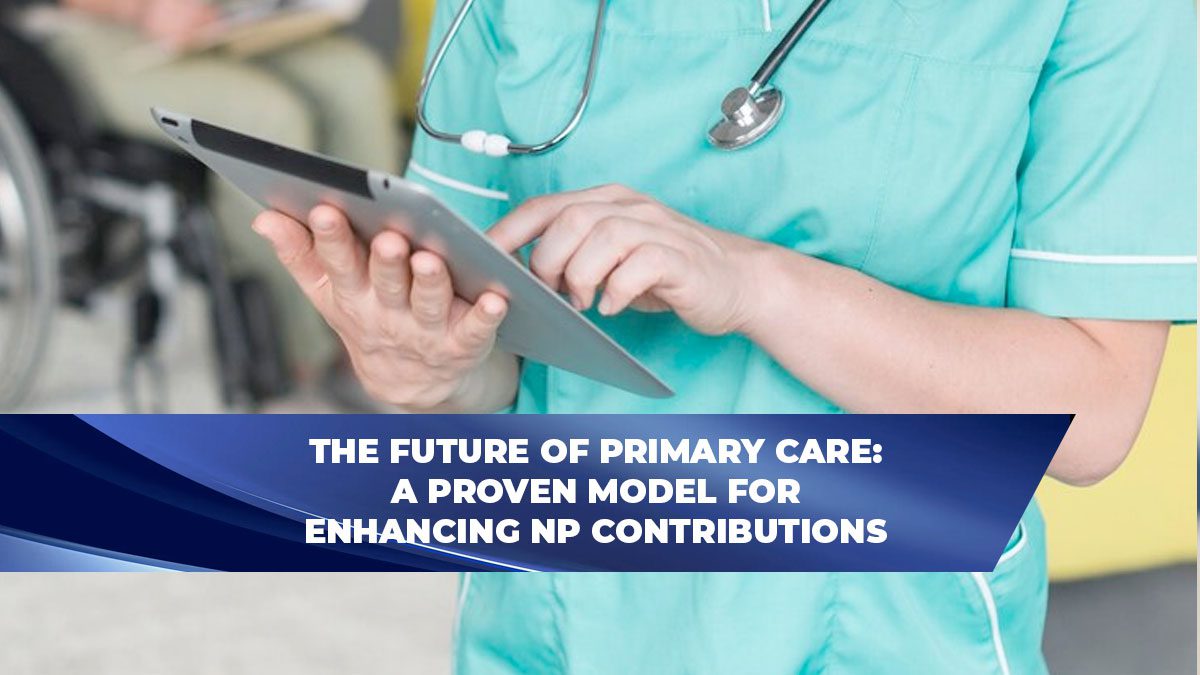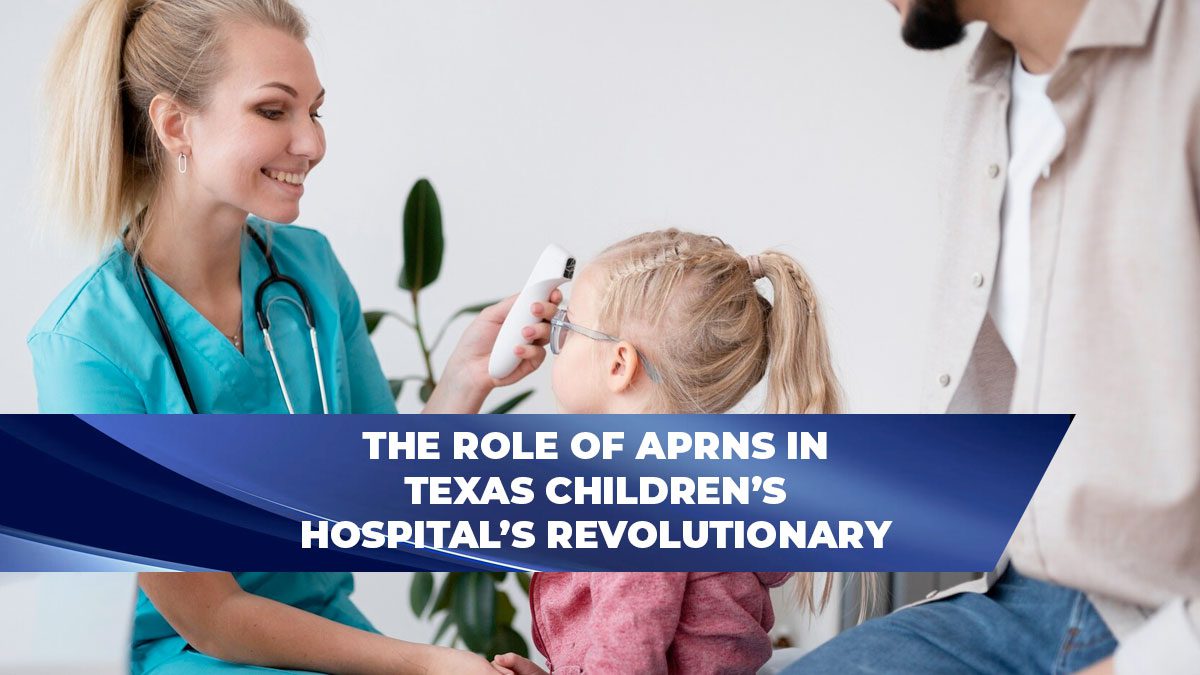Dunphy and Winland-Brown’s Circle of Caring: A New Dawn for Collaborative Healthcare
Dunphy and Winland-Brown’s Circle of Caring: A Transformative, Collaborative Model
Dunphy and Winland-Brown’s Circle of Caring, introduced in 1998, is a transformative, collaborative model designed to address the healthcare needs of individuals, families, and communities. The model emerged in response to the limitations of a healthcare system dominated by the medical model, where the focus often lies on disease rather than holistic patient care. Dunphy and Winland-Brown recognized the need for a model that could integrate the strengths of both nursing and medicine, fostering collaboration and enhancing the visibility of nursing in healthcare.
A central premise of the Circle of Caring is that the current healthcare system, heavily reliant on the International Classification of Diseases (ICD) for reimbursement, fails to adequately address the comprehensive needs of patients. The model advocates for a more active nursing presence, where advanced practice registered nurses (APRNs) can contribute meaningfully to patient outcomes through a synthesized problem-solving approach that incorporates both medical and nursing models.
The Philosophy Behind the Circle of Caring
Dunphy and Winland-Brown’s transformative model emphasizes the importance of a holistic approach to healthcare. Unlike the traditional medical model, which is often seen as reductionistic, the Circle of Caring integrates the humanistic elements of nursing, ensuring that the care provided is not just about treating the disease but about addressing the whole person. This model is particularly relevant in advanced practice nursing, where APRNs are often at the forefront of patient care.
The Circle of Caring model incorporates the processes of assessment, planning, intervention, and evaluation, which are encircled by the concept of caring. This caring is actualized through interpersonal interactions with patients, where APRNs bring qualities such as patience, courage, advocacy, authentic presence, commitment, and knowing. These elements are essential in creating a therapeutic environment where patients feel heard, valued, and supported.
| Bio Data | Details |
|---|---|
| Name | Dr. Loretta C. Dunphy |
| Profession | Nurse Practitioner, Educator, and Author |
| Education | Ph.D. in Nursing, University of Miami |
| Professional Roles | Professor of Nursing at Florida Atlantic University, Co-author of the Circle of Caring Model |
| Career Highlights | Pioneered the Circle of Caring model, contributed significantly to the field of advanced practice nursing, author of numerous publications on nursing and healthcare models |
| Professional Website | Florida Atlantic University Nursing |
Integrating Nursing and Medicine: A Collaborative Approach
One of the key strengths of the Circle of Caring model is its ability to integrate the strengths of both nursing and medicine in a collaborative manner. The traditional medical model is often criticized for its narrow focus on the physiological aspects of care, while the nursing model is celebrated for its holistic approach. However, these two models often operate in silos, leading to fragmented care. Dunphy and Winland-Brown’s model seeks to bridge this gap by creating a framework where both disciplines can work together to provide comprehensive care.
The model’s emphasis on collaboration is particularly important in today’s healthcare environment, where interprofessional teamwork is increasingly recognized as essential for delivering high-quality care. By promoting collaboration between nursing and medicine, the Circle of Caring model enhances the effectiveness of care and improves patient outcomes.
The Core Processes of the Circle of Caring
The Circle of Caring model revolves around four core processes: assessment, planning, intervention, and evaluation. These processes are not unique to this model but are given a new dimension through the lens of caring.
- Assessment: In the Circle of Caring model, assessment goes beyond the traditional physical examination and history-taking. It incorporates subjective and environmental elements, ensuring that the patient’s context is fully understood.
- Planning: Planning in this model is a collaborative process that involves both the patient and the healthcare team. The focus is on developing a care plan that is holistic and patient-centered.
- Intervention: Interventions are designed to be comprehensive, incorporating both medical and nursing perspectives. This might include traditional medical treatments as well as holistic approaches such as counseling, education, and support.
- Evaluation: Evaluation in the Circle of Caring model is not just about measuring physiological outcomes but also about understanding the patient’s perceptions of health and care. This broader approach ensures that the care provided is truly effective and meaningful.
The Role of Caring in the Circle of Caring Model
Caring is the cornerstone of the Circle of Caring model. It is what encircles the core processes and gives them their transformative power. In this model, caring is not just an abstract concept but is actualized through specific interpersonal interactions. APRNs are encouraged to bring qualities such as patience, courage, advocacy, and authentic presence into their interactions with patients.
These qualities are essential in creating a therapeutic environment where patients feel supported and valued. Caring is seen as a prerequisite for providing effective and meaningful care, and it is this emphasis on caring that sets the Circle of Caring model apart from other models of healthcare.
Applications of the Circle of Caring Model
The Circle of Caring model has been applied in various contexts, demonstrating its versatility and relevance. For example, it has been used to develop an online risk assessment tool for mental health, evaluate medication adherence, and improve neonatal transport services. These applications highlight the model’s potential to enhance healthcare delivery across different settings.
Moreover, the model’s emphasis on the APRN-patient relationship and caring processes makes it particularly valuable in primary care settings, where building strong patient relationships is key to successful outcomes.
Challenges and Future Directions
While the Circle of Caring model offers a powerful framework for advanced practice nursing, it is not without its challenges. One of the main criticisms is that the model lacks specific guidance on how to implement its principles in practice. For example, while the model emphasizes the importance of resolving differences between nursing and medical diagnostic languages, it does not provide a clear mechanism for achieving this.
Additionally, the model’s conceptual significance, particularly the encircling of the core processes with caring, is not fully explained. This has led some critics to argue that the model needs further development to be truly effective in guiding practice and policymaking.
FAQs about Dunphy and Winland-Brown’s Circle of Caring
Q: What is Dunphy and Winland-Brown’s Circle of Caring?
A: The Circle of Caring is a transformative, collaborative model that integrates the strengths of nursing and medicine to provide holistic, patient-centered care. It emphasizes the importance of caring in healthcare delivery.
Q: How does the Circle of Caring model differ from traditional healthcare models?
A: Unlike traditional models that often focus narrowly on physiological outcomes, the Circle of Caring incorporates a holistic approach, addressing the patient’s physical, emotional, and environmental needs.
Q: What are the core processes of the Circle of Caring model?
A: The core processes are assessment, planning, intervention, and evaluation, all of which are encircled by the concept of caring.
Q: Why is caring so important in the Circle of Caring model?
A: Caring is seen as essential for creating a therapeutic environment where patients feel supported and valued. It is the cornerstone of the model, giving the core processes their transformative power.
Q: How has the Circle of Caring model been applied in healthcare?
A: The model has been used in various contexts, including mental health risk assessment, medication adherence evaluation, and neonatal transport services.
The Circle of Caring model by Dunphy and Winland-Brown offers a transformative approach to healthcare that bridges the gap between nursing and medicine. By emphasizing the importance of caring and collaboration, this model has the potential to significantly enhance the quality of care provided by APRNs and other healthcare professionals.










